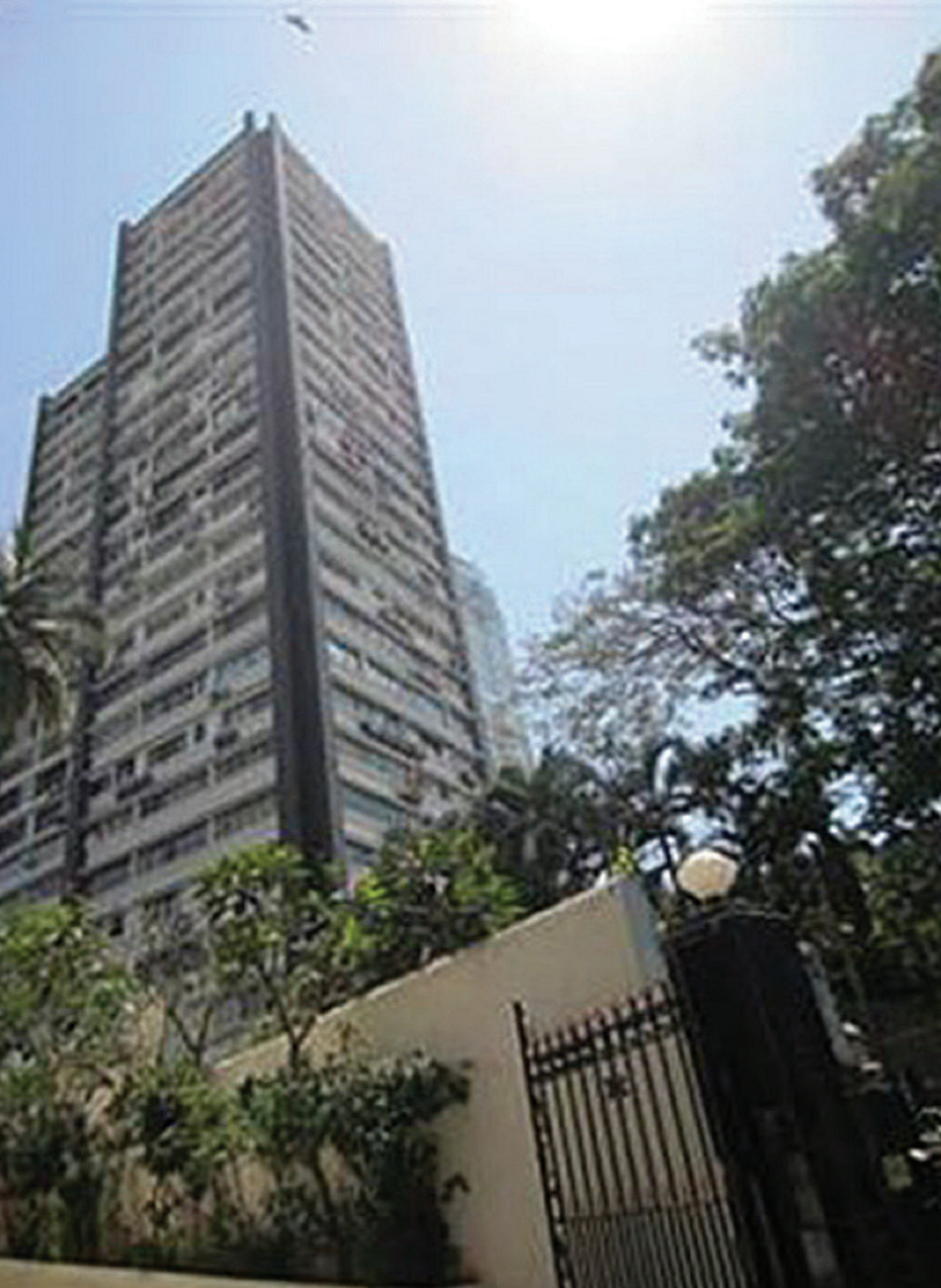The ‘upwardly mobile’ Mumbai
Vertical growth has always been a function of necessity rather than choice for the metropolis

Mumbai, the little upstart conglomeration of islands which has grown to dizzying heights in the last couple of centuries, has good reason to stick its neck out and trumpet its stature as the tallest city in India today.
Vertical growth has always been a function of necessity rather than choice for the metropolis. Reclamations have helped the city to shore up land from marshy tracts and mangrove lands over decades, but growing vertically has been the obvious answer to the city’s perennial shortage of space.
After the forts and places of worship which the Portuguese and British built in the 17th century to stake claim over the islands, the earliest structures were trading hubs, government offices and educational institutions that started dotting the island city. Residences were, for a long time, squat structures, Mangalore tiled, and rarely double storeyed. Typical to Mumbai, chawls (notably the BIT chawls, built by the Bombay Improvement Trust) came up in the early 20th century to house the sprawling labour classes, mostly migrants. ‘Wadis’ were a common feature too - clusters of houses surrounding an open courtyard. Multi storeyed buildings or ‘mansions’ soaring up to five floors, were a common feature of south Mumbai, particularly the Dhobi Talao area. Bungalows or villas of course were the preserve of the wealthy - the British, Parsis and merchants from other communities.
By the 1950s, however, Mumbai was bulging at the seams and demand for housing, coupled with affordability, ushered in the era of construction. Today, Mumbai is India’s tallest city, with 79 of India’s 97 completed buildings standing over 150 m tall, and 36 of the 50 such buildings under construction, according to trade publication Construction World. India also ranks among the top 20 countries which have multiple buildings boasting heights of over 150 m - Mumbai has the aforementioned 79 such. Needless to say, at a density of nearly 23,000 people living per sq km within its geographical boundaries, Mumbai ranks as the densest among the list.
The story of Mumbai’s high-rise buildings can however be traced back to the Usha Kiran building in the Carmichael Road neighbourhood. At the time it was built in 1961, the 25-floor residential building was said to be the tallest building in Asia, and upon completion, became the first skyscraper in the country. Standing at 80 meters, it surpassed the LIC Building in Chennai to become the tallest building in the country and held the title until 1970 when the 35-storied, 156 m tall World Trade Centre was built in South Mumbai. Of course, another 25 storeyed building, Matru Mandir, had sprung up at Nana Chowk by then.
For a long time though, Usha Kiran was the building Bombay folks turned their eyes up to for validation of the metropolis’ superiority over other big cities. It was one of the few buildings in Mumbai at the time to have its own swimming pool. Reports say that when bookings opened for apartments in the building, rates commenced at Rs 65 per square foot, translating into roughly Rs 2 lakh for a 3000 sq ft apartment! The 30 plus storey Samudra Mahal in Worli, was considered the toniest in Mumbai when it came up in 1970. By 1975, apartments in the 25 storeyed Prithvi Apartments in south Mumbai were going at a rate of Rs 175 per sq ft. After the 80s, of course, property prices skyrocketed, making the 1970s rates only the stuff of nostalgia.
But it was only with the new millennium that skyscrapers started dotting the city’s skyline. In 2002, the 45-storeyed, 160 m tall Shreepati Arcade at Nana Chowk became the tallest building in the city. There’s been no stopping Mumbai after that. Currently, the crown belongs to World One in Parel, which stands at 280 m, followed by World View at 277 m. The Imperial Towers at Tardeo, Planet Godrej at Mahalaxmi and others do stick their neck out to be counted among the tall ones, but stronger contenders are in the fray. UK based tall building monitor Skyscraper.com lists the under-construction projects - Lokhandwala Minerva (296 m), Indiabulls Sky Suites (291 m) and Piramal Aranya Tower at 280 m as some of the projects that will add another feather to vertical Mumbai’s cap.
The saga of Mumbai’s tall buildings cannot close without a nod to the thus far ill-fated Palais Royale at Worli Naka, which was supposed to reach a height of 298 metres, and was expected to dwarf the 300 m TV tower, another iconic city symbol of the 1970s, which looms nearby. When completed, the developers said, it would be a good 48 metres higher than Shapoorji Pallonji’s twin towers, Imperial Heights, in Tardeo’s MP Mill compound. While work on the project began around 2007 on a 6-acre portion of mill plot of the defunct Shree Ram Mills and was expected to have 65 floors, with imposing ceiling heights and apartments sprawling 10,000 sq ft each, litigations and controversy dogged the project till 2019, when the Supreme Court cleared the completion of the building. P
alais Royale, like many other skyscrapers, is located in a traditionally low-income area with low rise buildings and built over land belonging to defunct mills. The now decrepit BDD chawls are not far away from the Palais Royale, supposed to be the last word in luxury for the stature conscious.
In the city of paradoxes, Mumbai’s skyscrapers continue to reach for the stars.
(This was first published in National Herald on Sunday)
Follow us on: Facebook, Twitter, Google News, Instagram
Join our official telegram channel (@nationalherald) and stay updated with the latest headlines
